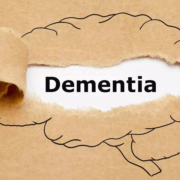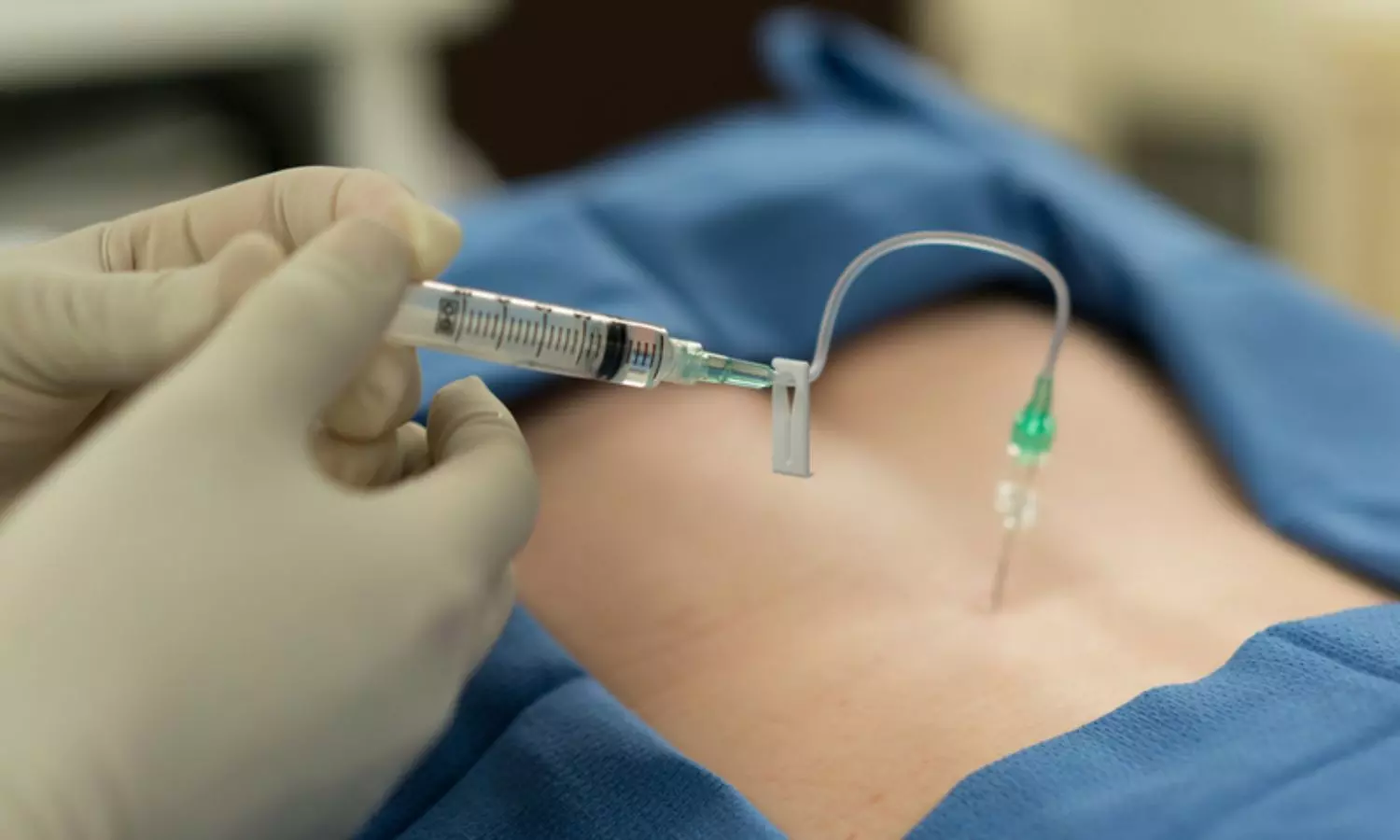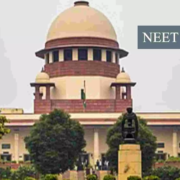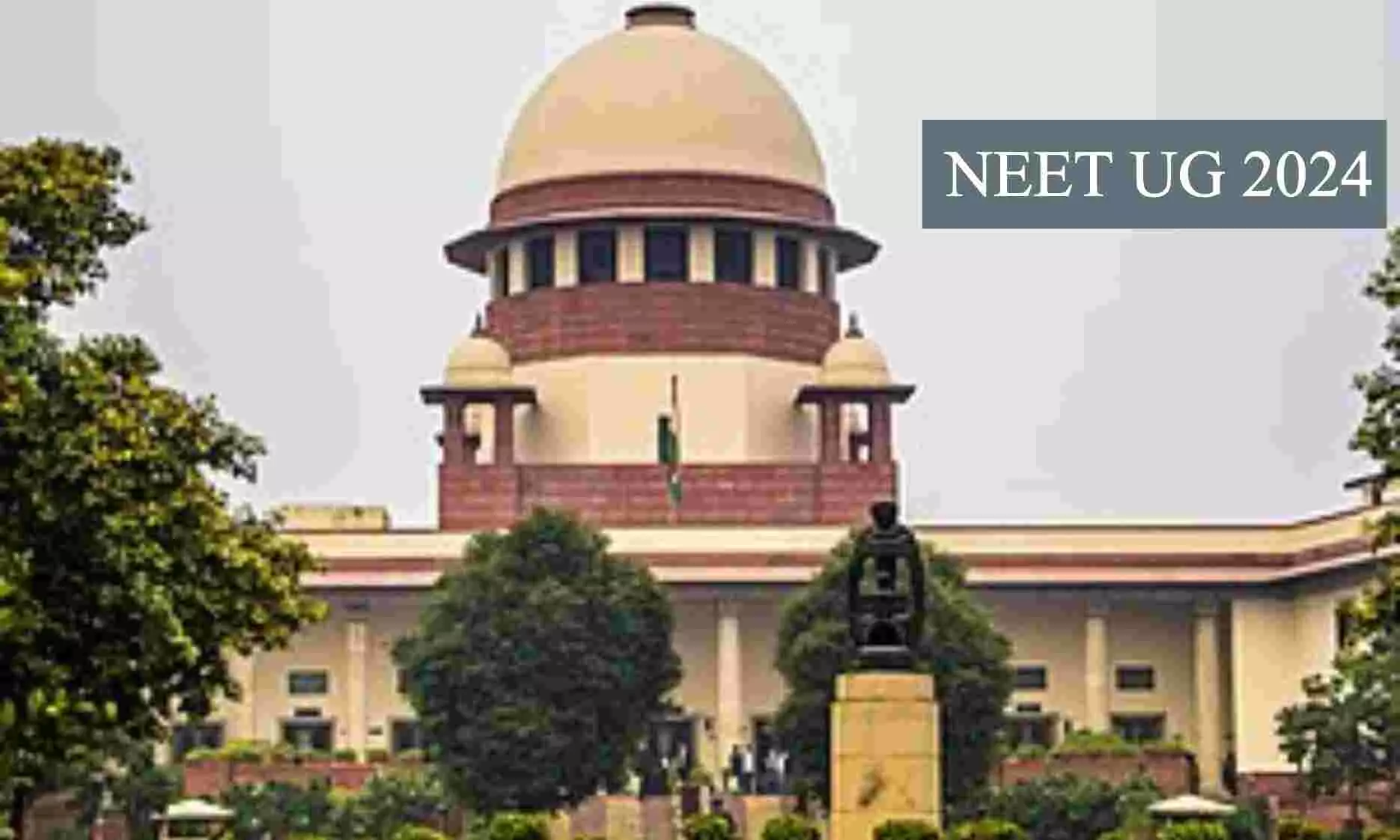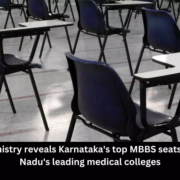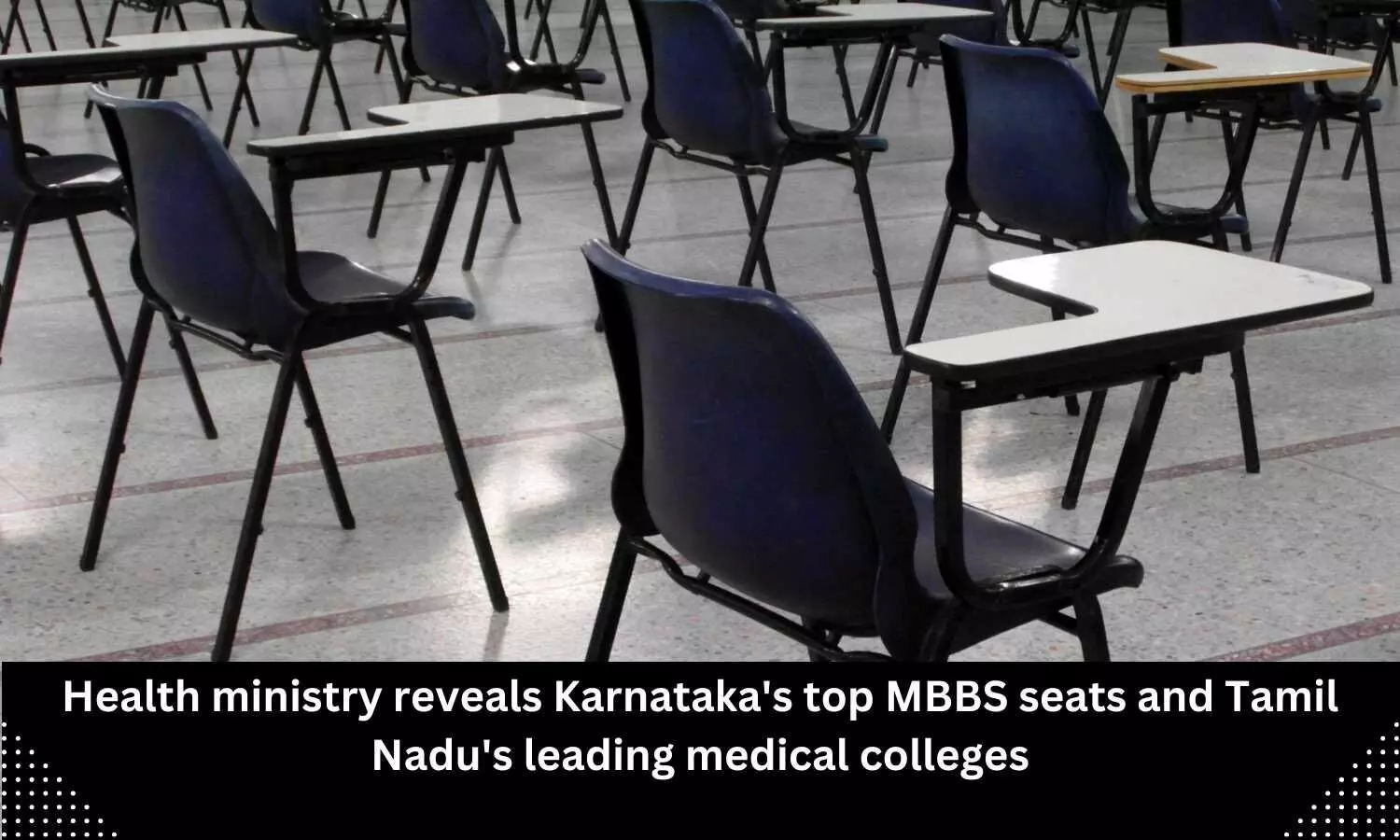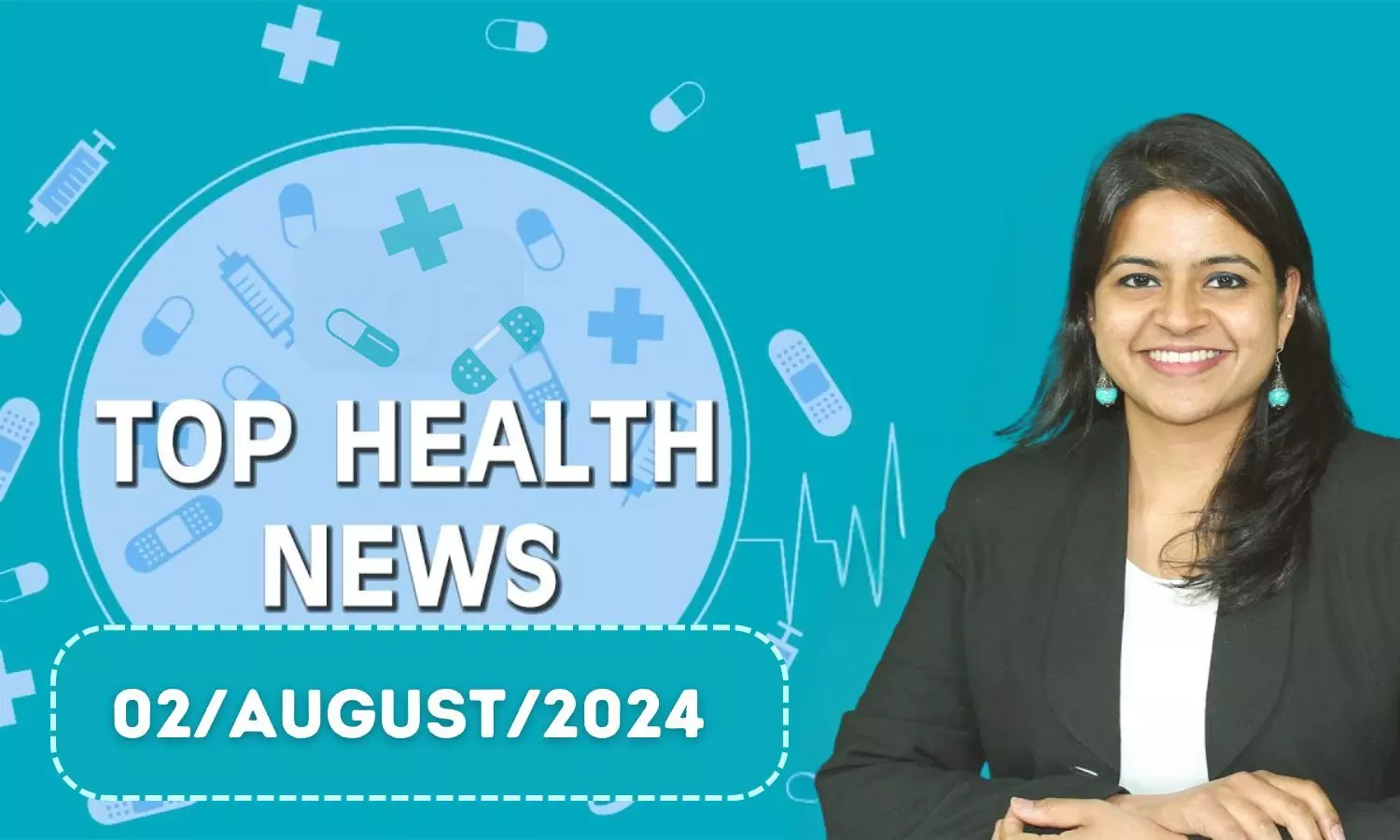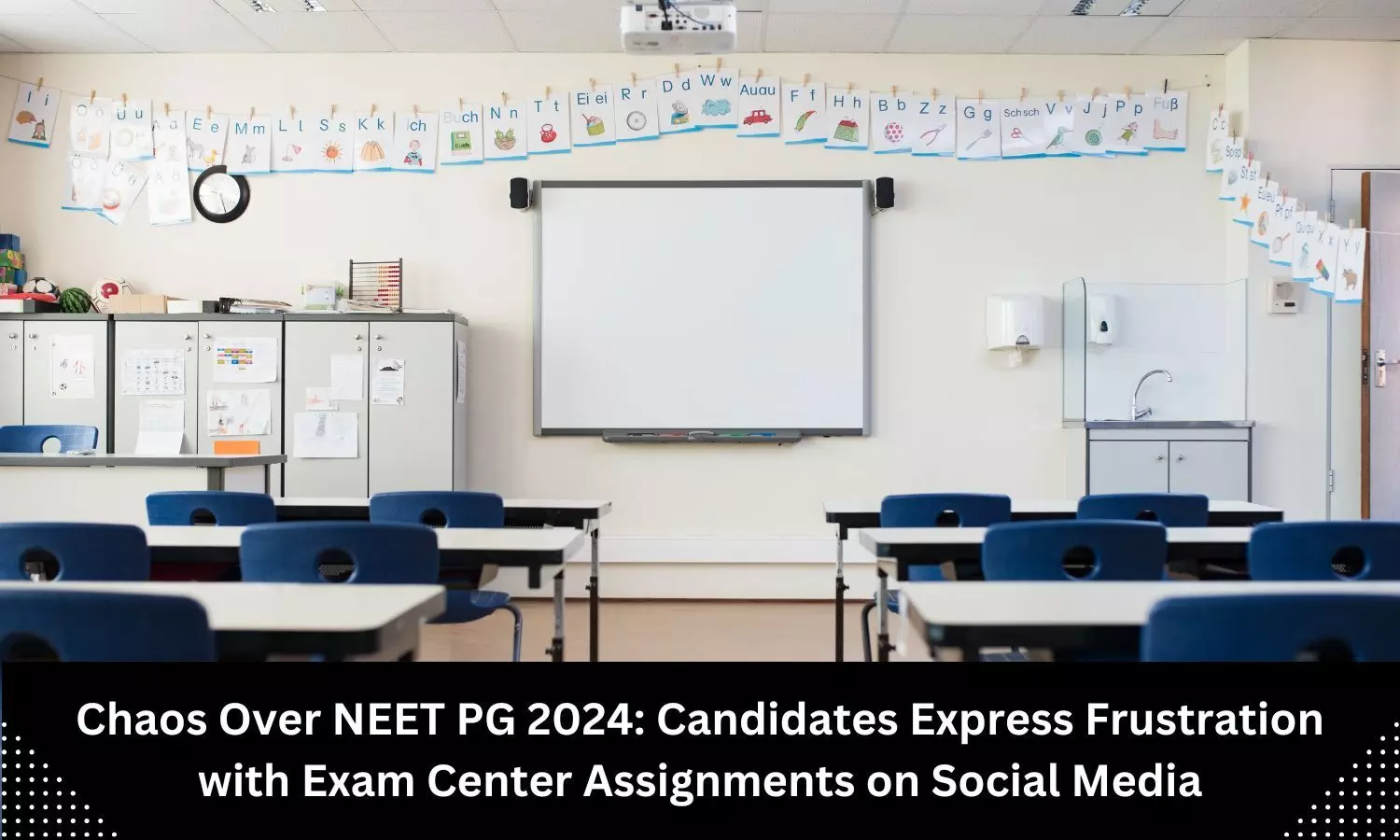The Lancet: Addressing 14 Factors may Cut Dementia Incidence by Nearly Half
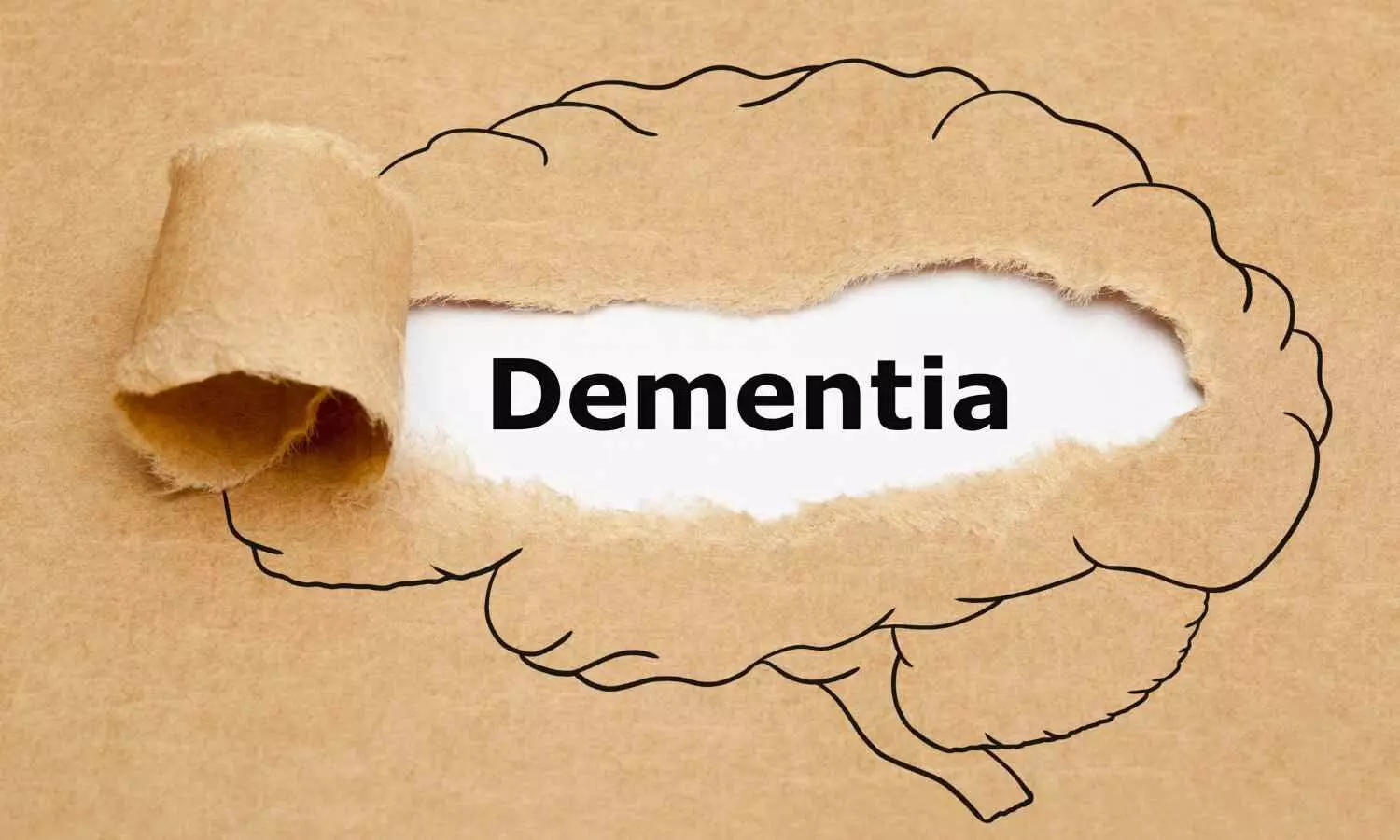
Addressing 14 modifiable risk factors, starting in childhood and continuing throughout life, could prevent or delay nearly half of dementia cases, even as people around the world live longer and the number of people with dementia is set to rise dramatically in all countries, according to the third Lancet Commission on dementia prevention, intervention, and care, which is being presented at the Alzheimer’s Association International Conference (AAIC 2024).
Based on the latest available evidence, the new report adds two new risk factors that are associated with 9% of all dementia cases-with an estimated 7% of cases attributable to high low-density lipoprotein (LDL) or “bad” cholesterol in midlife from around age 40 years, and 2% of cases attributable to untreated vision loss in later life.
These new risk factors are in addition to 12 risk factors previously identified by the Lancet Commission in 2020 (lower levels of education, hearing impairment, high blood pressure, smoking, obesity, depression, physical inactivity, diabetes, excessive alcohol consumption, traumatic brain injury [TBI], air pollution and social isolation), which are linked with 40% of all dementia cases.
The new report estimates that the risk factors associated with the greatest proportion of people developing dementia in the global population are hearing impairment and high LDL cholesterol (7% each), along with less education in early life and social isolation in later life (5% each).
The Commission, authored by 27 world-leading dementia experts, calls for governments and individuals to be ambitious about tackling risks across the life course for dementia, arguing that the earlier we can address and reduce risk factor levels, the better. The report outlines a new set of policy and lifestyle changes to help prevent and better manage dementia.
More action needed worldwide to reduce dementia risks
Because of the rapidly ageing population around the world, the number of people living with dementia is expected to almost triple by 2050, rising from 57 million in 2019 to 153 million. Increasing life expectancy is also driving a surge in people with dementia in low-income countries. Global health and social costs related to dementia are estimated at over $1 trillion every year.
However, in some high-income countries, including the USA and UK, the proportion of older people with dementia has fallen, particularly among those in socio-economically advantaged areas. The report authors say that this decline in people developing dementia is probably in part due to building cognitive and physical resilience over the life course and less vascular damage as a result of improvements in healthcare and lifestyle changes, demonstrating the importance of implementing prevention approaches as early as possible.
Nevertheless, most national dementia plans do not make specific recommendations about diversity, equity, or inclusion of people from underserved cultures and ethnicities who are disproportionately affected by dementia risks.
“Our new report reveals that there is much more that can and should be done to reduce the risk of dementia. It’s never too early or too late to take action, with opportunities to make an impact at any stage of life”, says lead author Professor Gill Livingston from University College London, UK. “We now have stronger evidence that longer exposure to risk has a greater effect and that risks act more strongly in people who are vulnerable. That’s why it is vital that we redouble preventive efforts towards those who need them most, including those in low- and middle-income countries and socio-economically disadvantaged groups. Governments must reduce risk inequalities by making healthy lifestyles as achievable as possible for everyone.”
To reduce dementia risk throughout life, the Commission outlines 13 recommendations to be adopted by governments and individuals, including (see key messages on page 2 of the report for the full list):
• Provide all children with good quality education and be cognitively active in midlife.
• Make hearing aids available for all those with hearing loss and reduce harmful noise exposure.
• Detect and treat high LDL cholesterol in midlife from around age 40 years.
• Make screening and treatment for vision impairment accessible for all.
• Treat depression effectively.
• Wear helmets and head protection in contact sports and on bikes.
• Prioritise supportive community environments and housing to increase social contact.
• Reduce exposure to air pollution through strict clean air policies.
• Expand measures to reduce smoking, such as price control, raising the minimum age of purchase, and smoking bans.
• Reduce sugar and salt content in food sold in stores and restaurants.
These actions are especially important given new evidence which shows that reducing the risks of dementia not only increases years of healthy life but also reduces the time people who develop dementia spend in ill health.
As Professor Livingston explains, “Healthy lifestyles that involve regular exercise, not smoking, cognitive activity in midlife (including outside formal education) and avoiding excess alcohol can not only lower dementia risk but may also push back dementia onset. So, if people do develop dementia, they are likely to live less years with it. This has huge quality of life implications for individuals as well as cost-saving benefits for societies.”
England could achieve cost savings of around £4 billion
In a separate study publishing in The Lancet Healthy Longevity journal alongside the Commission, Professor Livingston, lead author Naaheed Mukadam, and co-authors modelled the economic impact of implementing some of these recommendations, using England as an example. The study’s findings suggest that using population-level interventions of known effectiveness to tackle dementia risk factors of excess alcohol use (more than 21 units per week), brain injury, air pollution, smoking, obesity, and high blood pressure could achieve cost savings of more than £4 billion and over 70,000 quality-adjusted life-year (QALY) gains (one QALY equates to a year of life in perfect health). The authors stress that potential benefits may be even greater in low- and middle-income countries and any country where population-level interventions such as public smoking bans and compulsory education are not already in place.
“Given the much higher burden of dementia risk factors in low- and middle-income countries with the expected rise in dementia over the next few decades from rapid population aging and increased rates of high blood pressure, diabetes, and obesity, we need urgent policy-based preventative approaches that will have huge potential benefits far in excess of the costs”, says report co-author Dr Cleusa Ferri from Universidade Federal de Sao Paulo and Hospital Alemão Oswaldo Cruz, Sao Paulo Brazil.
Commission co-author Dr Naaheed Mukadam of University College London adds, “Prioritising population-level approaches that improve primary prevention (eg, reducing salt and sugar intake) and effective health care for conditions like obesity and high blood pressure, restricting smoking and air pollution, and enabling all children to gain a good education, could have a profound effect on dementia prevalence and inequalities, as well as significant cost savings.”
Prioritising advances in research and support for people living with dementia
The report also discusses the hopeful advances in blood biomarkers and the Anti-amyloid β antibodies for Alzheimer’s disease. The authors explain that blood biomarkers are a significant move forward for people with dementia, potentially increasing scalability and decreasing the intrusiveness and the cost of testing for accurate diagnosis. While there are promising clinical trials, the report authors caution that Anti-amyloid β antibody treatments are new, without long-term data available, and call for more research and expanded transparency about the short and long-term side effects.
Finally, the report calls for more support for people living with dementia and their families. The authors stress that in many countries, effective interventions known to benefit people with dementia are still not available or a priority, including activity interventions that provide enjoyment and reduce neuropsychiatric symptoms and cholinesterase inhibitors for slowing cognitive decline in Alzheimer’s. Similarly, many carers’ needs are unevaluated and unmet. They recommend providing multi-component coping interventions for family caregivers who are at risk of depression and anxiety, including providing emotional support, planning for the future, and information on medical and community-based resources.
The authors note that while nearly all the evidence for dementia still comes from high-income countries, there is now more evidence and interventions from LMICs, but interventions usually need to be modified to best support different cultures, beliefs, and environments. They also point out that the prevention estimates assume there is a causal relationship between risk factors and dementia, and while they were careful to only include risk factors with convincing evidence, they note that some associations may only be partly causal. For example, while unremitting depression in midlife may be causal, depression in late life may be caused by dementia. Finally, they note that this risk modification affects the population, and does not guarantee that any individual will avoid dementia.
Reference:
Prof Gill Livingston, Jonathan Huntley, Kathy Y Liu, Prof Sergi G Costafreda, Prof Geir Selbæk, Prof Suvarna Alladi, Dementia prevention, intervention, and care: 2024 report of the Lancet standing Commission, The Lancet, https://doi.org/10.1016/S0140-6736(24)01296-0.
Powered by WPeMatico

